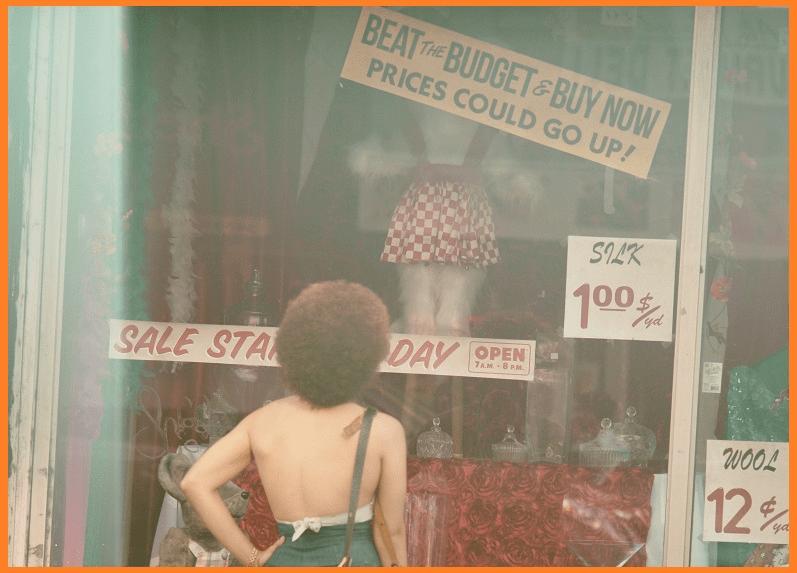
How To Start A Retail Business
Starting your own retail business is a daunting task. There are many things to consider and few resources to guide you on the best way to do it. Luckily for you, this article will show you six steps that have led successful startups down their path of success.
Here Are 6 Steps To Consider:
A physical location can be beneficial for certain types of startups. For example, suppose you have a retail store that sells products in person. In that case, having a storefront is important because it provides customers with the opportunity to see your product before they buy it.
- Location:
When thinking about opening a retail store, many people struggle to find the best location. Location is very important because it will affect how much foot traffic you get and where your target audience goes.
While you are planning out your space, keep in mind the stainless steel tube maintenance of the plumbing system. If water needs to be filtered or purified before it can go through taps and faucets, think about how much extra effort will need to be put into that on a daily basis.
You do not want to go into business with a bad spot, so be sure that, if possible, you have multiple options at hand before choosing one.
A great way to know which area works is by analysing what type of customers would likely frequent the place and where they might come from or travel from just for this specific shopping experience.
- Layout/Design Of Your Store:
When opening up your retail business, another key thing to focus on is how the layout works best for both customers as well as where each product can be placed, so potential buyers easily find it without difficulty.
Layout and design are two important aspects of running a retail store. When determining the layout, it is crucial to make sure that one section does not have too much space between itself and other decorations or products because this can make customers feel like they cannot easily access certain areas, which would likely result in them leaving without purchasing anything at all.
Retail stores should stick to one type of item per area because this allows shoppers to more easily find exactly what they are looking for when browsing around while making sure everything has enough space between itself and other decorations/products. Whenever possible, try to always keep in mind what your customer is looking for and how they will feel when walking into the store.
- Storefront:
Retailers must also make sure their store frontage suits what they are trying to sell. This means looking at things such as window displays and signage so customers can easily see items from outside the building or even walk right up to the entrance without needing directions on where exactly this retail space lies inside a larger mall area.
- Marketing:
When you have a retail store, it is important to figure out how your target market will find out about you and what they need from the business.
In order to do this, many companies go with social media marketing which can be done in many different ways, such as Facebook posts or even Instagram pages that spotlight specific products for special deals.
Retailers must also think about how much advertising should be done on their own versus paid ads because each has its benefits but not every option works best for all businesses depending on where they are located and who makes up their customer base.
- Hiring Employees:
For businesses, hiring the right people is key to success when it comes to customer service roles such as cashiers or other employees responsible for talking with shoppers throughout their time in the establishment.
Having well-trained staff members interested in providing excellent customer service will also make people feel more comfortable purchasing items from this business instead of any that might be located nearby.
For example, suppose customers don’t receive the type of assistance they were looking for. In that case, they will likely leave without buying anything even though having knowledgeable workers could help them better understand what is available and how these particular products can potentially meet their needs.
Many retailers make the mistake of hiring employees who are just looking for a job with any company. Unfortunately, when you have people working in your store that don’t enjoy it or feel out of their element, they will most likely not be good at providing customer service and may even leave customers feeling unsatisfied with what they’re purchasing.
- Pricing:
Pricing is another important part of the retail business. However, it can be difficult because there are many things to consider, such as overhead costs, demand for certain products or how much money people could potentially spend on a particular item. Hence, owners need to balance all three factors, which will change from company to company depending on their location and customer base.


